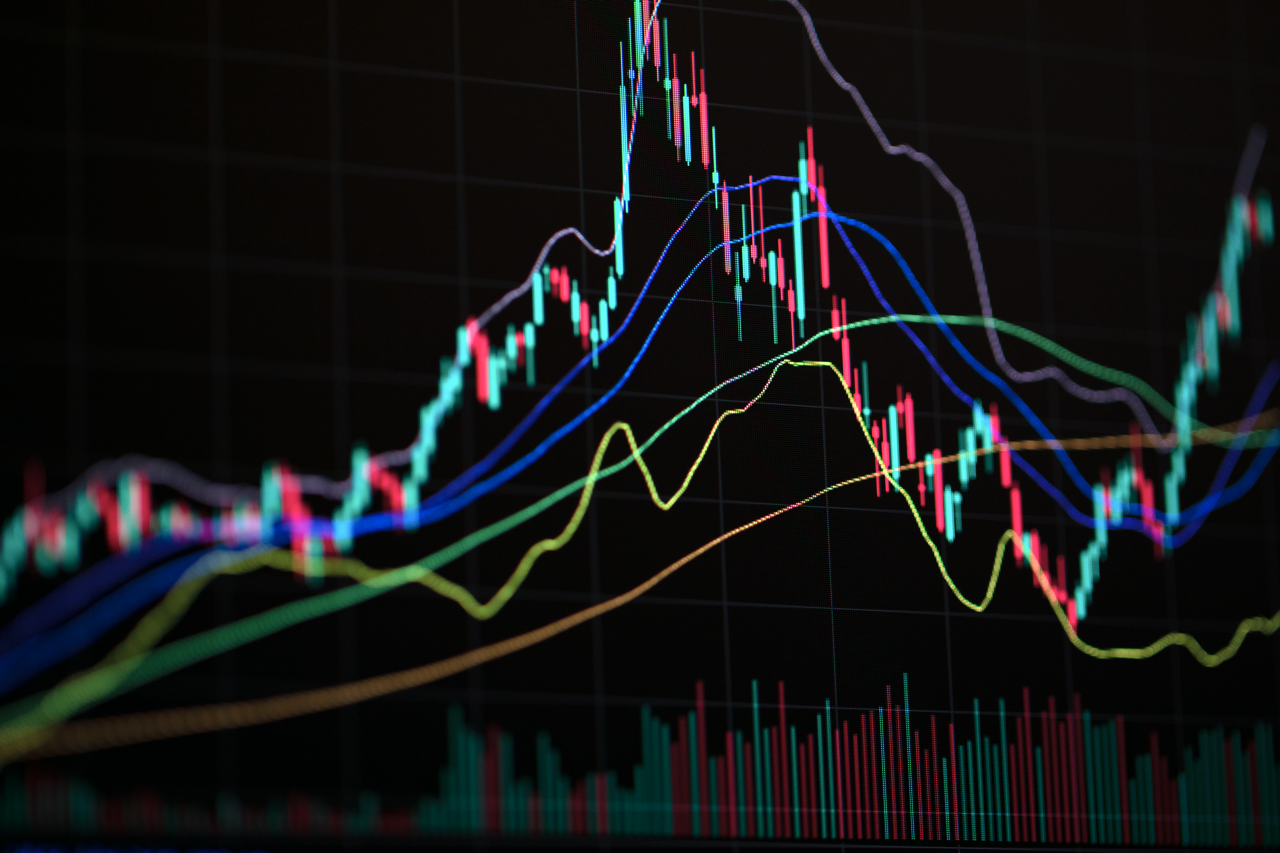The Roaring 2020s
There has been a lot of talk of the potential for a roaring 20s-like era following the pandemic, where the economy flourishes and society plunges into a decade of hedonism and excess. After over a year of restrictions, there is without doubt pent-up demand for leisure activities, but will the release from lockdown and society’s new-found freedom see the economy boom for an entire decade?
What happened in the 1920s?
Influenza broke out in the aftermath of the first world war and the deadly virus went on to spread around the world killing around 50 million people. Unlike today, there were no effective drugs or vaccines to fight the virus or treat those infected. There were however measures introduced to reduce infection rates such as mask wearing and the closure of schools and theatres.
Despite influenza leading to more deaths than the first world war, society did not remain in a long-term state of mourning but bounced back quickly. After many years of deprivation and loss, much of the western world entered a golden era of partying, concerts and extensive social interaction. During the roaring 20s, the American economy grew by 42% and the Dow Jones Industrial Average rocketed from 71.95 points in 1921 to 381 points before the market plummeted in the Wall Street Crash of 1929.
Ready…set…spend!
If history is to repeat itself a century on from roaring 20s, we would now be on the cusp of entering into a period of increased spending and economic prosperity. But after COVID-19, can we really afford it?
While some people’s finances have been decimated by the pandemic, many have remained in employment throughout or have suffered no reduction in income thanks to government support packages. In fact, unemployment in the UK sits currently at around 5% - much lower than economists had predicted at the start of the pandemic.
Stuck at home for almost a year, in the UK, approximately £100bn has been set aside by households, and the savings ratio, which measures the proportion of disposable income that is put away, hit a peak of 29% in 2020, almost twice as high as the former record.
In normal circumstances, this extra cash would have likely been spent on leisure activities and enjoyment. Is it now then the case that holes are being burnt in pockets and that manic spending will ensue as soon as we are permitted to socialise again?
Spending habits post-covid
Research by Santander would suggest the pandemic has changed consumer habits significantly. They revealed that almost 50% of adults have established a rainy-day fund and 60% of 18 to 34-year-olds believe their spending habits have been changed forever.
Many are astounded by just how much money they are saving by staying at home. For some it equates to hundreds of extra pounds in their pocket every month. People are enjoying the frugality and are now unwilling to return to their old ways.
Of course, some will splurge post lockdown, but research shows that this is more probable in lower income households. A study was conducted that looked at the propensity of households to spend unexpected temporary extra cash. It concluded:
“Better off households are likely to spend almost half of the windfall, saving the rest, whilst less well-off households are likely to spend over three fifths of the windfall.”
Furthermore, in a survey of consumers who have available funds after deducting their monthly expenses, more than half of those, as a result of pandemic restrictions, plan to save some of that money from now on (see graph below).

With increased saving and less spending, what will drive the economic boom?
While we might not be spending and partying like they did in the 1920s, this might not be as economically important as first thought.
When we think of the roaring 20s, we picture the Great Gatsby era: a period of fun and frivolity. At this time however, what was propelling the economy to new heights was not the jazz parties or gin drinking, but the advent of numerous new technologies over a short period of time. Because of the war and the influenza outbreak, the development of new technologies had been halted, but once these threats were no more, focus could return to the tech projects that had been left to gather dust.
Throughout the 1920s, there was a flurry of new technology released to the masses. Electrification gave rise to washing machines, refrigerators and radio. It also transformed the manufacturing sector, as factories no longer had to rely on huge engines and piston powered production lines. Motor vehicles, aeroplanes and agriculture also benefited from the invention of the internal combustion engine.
So significant was this period that it is known in history as the ‘Technological Revolution’, but can we in post-pandemic 2021 now expect a similar wave of new inventions capable of sustaining the economy for the next decade?
The tech sector post-pandemic
The use and adoption of digital technologies has increased significantly in the last year.
In terms of digitisation, it’s as though the world has been set to fast forward with video conferencing and eCommerce now part of our everyday lives. A global survey of executives by McKinsey & Co revealed that companies are seven years ahead of where they planned to be in regard to the share of digital or digitally enabled products in their portfolios.
Governments have also spotted the potential for a tech fuelled recovery. The EU for example recently unveiled a stimulus package of €1.8tn with the aim of creating “a greener, more digital and more resilient Europe”. Similar action has been taken in the UK. Back in March, Chancellor Rishi Sunak revealed plans to launch a £375m initiative to invest in highly-innovative businesses in the life sciences and technology sectors.
Are there enough technological developments in the pipeline for a repeat of the roaring 20s?
Although there are lots of advancements on the horizon, the planned developments are nowhere near as revolutionary as those witnessed a century ago. Electricity and motor engines - these were transformative developments that led to a shift away from the frugality, thrift and rationing of the early 1900s towards the consumer culture we know today.
Even if there were revolutionary technologies on the horizon in the 2021, manufacturing and logistics have slowed due to the pandemic and while countries like the US and UK might be returning to normal, the emerging markets where many goods and technologies are produced are lagging behind in terms of vaccine rollout and the backlog of orders that remain unfulfilled is mounting.
We saw an example of this recently with the global scarcity of semiconductor chips. Unable to source this tiny piece of technology, Jaguar Land Rover in Merseyside was forced to temporarily cease production. Similarly, Samsung has announced it may have to delay the launch of its latest smartphone because of the shortage. This kind of disruption to supply chains could take a long time to recover from and without the necessary supplies, how can we expect new technologies to revive our economy?
Is our economic situation really comparable to the 1920s?
As nice as it is to picture the world emerging from the pandemic and entering a decade-long golden era of economic prosperity, it could be argued that our economic situation is much more comparable to that of the late 1920s and we all know what happened then…
In today’s markets, we are seeing examples of asset price bubbles which occur when market participants drive stock prices and the price of other assets above their intrinsic value. The period leading up to the Wall Street Crash of 1929 and the Dot com bubble just before the millennium are two examples. Prior to both of these economic events, prices were driven by speculation around new technologies with investment pouring into these sectors.
In 2021, there are similar things happening. Elon Musk’s TESLA for example has soared by more than 700% in the last year. Similarly, investment into cryptocurrency has far exceeded any other asset class, with bitcoin’s value rising 600% in just a year. Even Doge Coin, which was originally created as a tongue-in-cheek reaction to the hype surrounding Bitcoin, has soared following endorsement from Elon Musk on Twitter over the last few months (see below graph).

In summary, of course there is going to be a short-term ‘Roaring 20s’ style revival of the likes of the hospitality, retail and travel sectors. People will emerge from lockdown eager to enjoy themselves and are likely to spend at least a small portion of their savings on the fun they have been deprived of for over a year. This pent-up demand will likely fuel a short-term boost to businesses in certain sectors, but whether it can sustain the economy for an entire decade is yet to be seen.
Disclaimer: The views, thoughts and opinions expressed within this article are those of the author, and not those of any company within the Capital International Group (CIG) and as such are neither given nor endorsed by CIG. Information in this article does not constitute investment advice or an offer or an invitation by or on behalf of any company within the Capital International Group of companies to buy or sell any product or security or to make a bank deposit.















